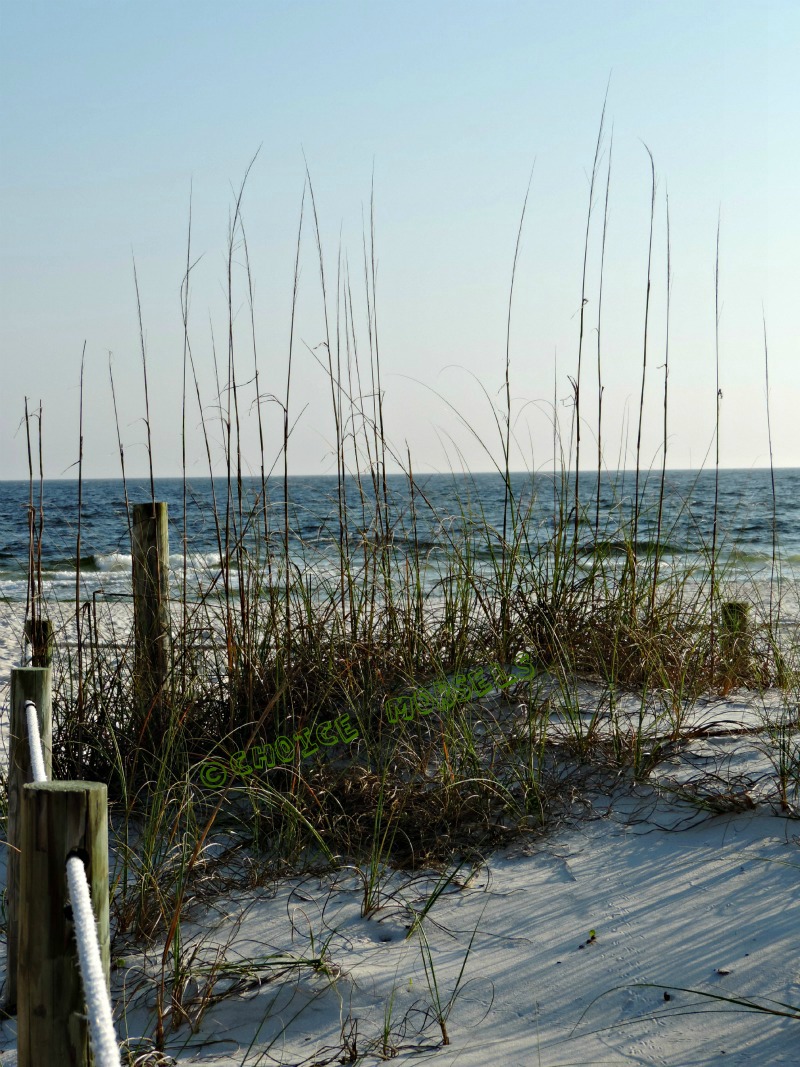Garden Pic Wednesday: Bumbles & Caterpillars
It's raining out today. Yesterday, too. It's a reflection of that huge wave sweeping south that's giving our northern friends unseasonably cool weather! Lucky you. It's still 90 here.
But it is much needed rain. I love to see a bit of water standing in my rain garden! It's looks so pretty for a few hours!
But it is much needed rain. I love to see a bit of water standing in my rain garden! It's looks so pretty for a few hours!
I planted a Cinnamon Fern root there, which is a large fern that likes that sort of place. The first tiny stem has recently popped-up, showing me, yes, it is indeed alive, putting to rest all my doubts.
I accidentally stepped on a snake this past week. He didn't expect me and I didn't see him and we totally startled each other. He was near the block wall surrounding the bed with the dill, a small harmless sort of snake that fled under an Azalea bush while I kept on my merry way.
I accidentally stepped on a snake this past week. He didn't expect me and I didn't see him and we totally startled each other. He was near the block wall surrounding the bed with the dill, a small harmless sort of snake that fled under an Azalea bush while I kept on my merry way.
(Keep in mind I grew up way out in the country where I was taught to recognize & respect all forms of critter life; not fear it. As should we all.)
I have two fantastic shots for my Garden Pics today: a Brown-Belted Bumble Bee & Black Swallowtail Caterpillars!
First: Did you know bees nap? They do!
It's extremely common for honey bees or bumble bees to fall asleep on a flower.
The photo below is a Brown Belted Bumble Bee who secured itself under this Zinna for a little nap. He was sound asleep for at least 30 minutes, which made him or her very easy to photograph! Normally, they're hard to catch on camera, hopping so quickly from flower to flower.
The photo below is a Brown Belted Bumble Bee who secured itself under this Zinna for a little nap. He was sound asleep for at least 30 minutes, which made him or her very easy to photograph! Normally, they're hard to catch on camera, hopping so quickly from flower to flower.
It's called Brown Belted because the stripes of fur on the tail are dark rather then yellow. (Capenter Bees are about the same size and have a furry yellow thorax, but their tail is smooth and hairless--which is how you tell the difference.)
Bumbles are NOT aggressive bees---by that, I mean, they aren't like hornets, yellow-jackets or paper wasps, who will chase you down to sting you.
Bumbles aren't that way. They pretty much mind their own business. I read an article by a guy said he accidentally dug into an underground bumble colony and they swarmed furiously around him, but never once stung him.
Bumbles aren't that way. They pretty much mind their own business. I read an article by a guy said he accidentally dug into an underground bumble colony and they swarmed furiously around him, but never once stung him.
Unique to Bumbles: if a bumble feels you are too close, they will warn you by lifting one of their middle legs, holding it straight out to one side, like a bee karate kick, as a signal to "back off."
With bees, regardless of kind, it's always a good rule of thumb to respect their space!
In general, Bumbles live underground with a queen, drones & workers. They make honey, but not in a huge quantities--only a few tablespoons full and all, but the queen, die by autumn.
So far, no one has figured out how to create a hive they'll stay in to be easily managed like honey bees. (Not for honey so much as for porting to fields & crops to do fertilizing work.)
Still, they remain amazing and welcome garden visitors!
Flowers to grow to encourage all bee types to visit:
Zinnias, Cone flower, Mexican Heather, English Heather, all Herbs (basil, Greek oregano, sage, dill, etc), Poppies, Sunflowers, Cosmos, Onion Chives & Garlic Chives, Snapdragons, Marigolds, Sedum---really just about anything that blooms attracts bees!
Next: Swallowtail Caterpillers:
These 3 are on one of my Dill plants. They were a good shot here, close together, though they've spread out since then.
These 3 are on one of my Dill plants. They were a good shot here, close together, though they've spread out since then.
They were only about an 1 inch size here and, once full grown, are closer to 2 inches.
Right now, I'm hosting about 12 or 13 caterpillars, the majority being on the Dill. Three are on my Parsley on the patio. I actually had an excess number on the Parsley and just moved those extra to the Dill plants, where there's plenty of room.
I have 3 Dill plants, each about 24 to 36 inches tall, so plenty of dining room for my voracious little guests!
In that particular bed, where the Dills is, I'm planning on letting all the Dill, Sage, Basil, Zinnias, 4 O'clocks, Marigolds & Bachelor Buttons go to seed, so I'll have lots of free-spirits sprouting next year. (Hopefully!)
To promote Butterflies in your area look up their host plants and to see if it's something you can add to your garden space.
For example: some butterflies only like certain trees, but I have no spot for adding trees, but I can add certain shrubs, flowers or herbs.
******
What's your favorite annual flower to plant? What grows most easily for you, where you live? What have you tried that failed?






Comments
Post a Comment
Thanks for leaving a comment!